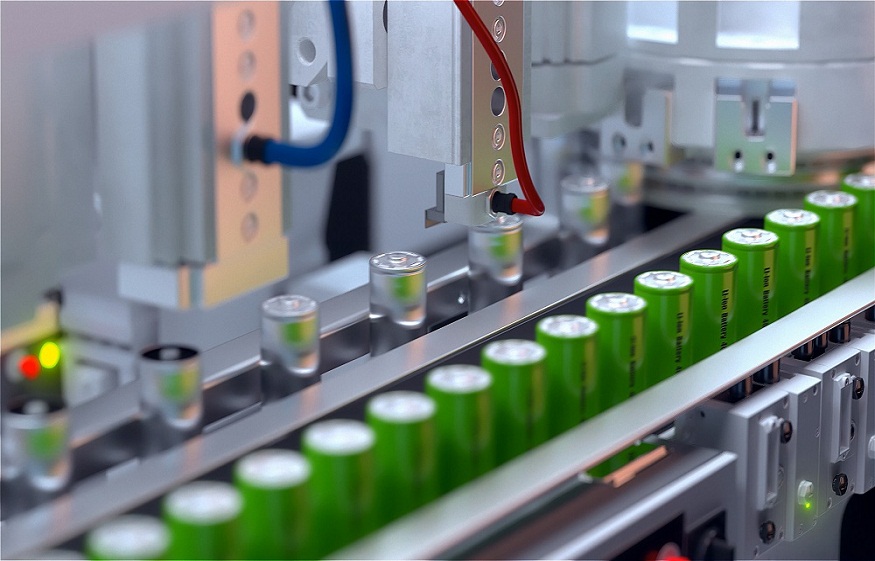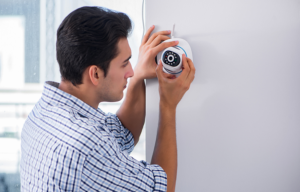
In the modern world, batteries have been moving to take over as the main power source for a variety of applications and products which previously derived power from elsewhere. The most obvious example is electric cars, which are touted to replace their gas-powered cousins by some time in the next fifteen years or so. There are also smaller products such as the USB rechargeable C AA batteries, produced by Pale Blue Earth, which are bringing cutting-edge li-ion technology into the realm of traditional household batteries.
There is one common agricultural product though that has been battery-powered for a long time and which doesn’t seem to be due a technological upgrade anytime soon. This is electric fence, which has been quite successfully keeping livestock cordoned into the right fields for a very long time. “If it ain’t broke, don’t fix it” seems to be guiding principle where electric fences are concerned. Indeed, they do operate on a quite simple mechanism that shows no obvious need of greater sophistication. However, there are, in fact, quite a few issues with this technology which would, perhaps, have been updated already if household AAs, electric cars, and solar power hadn’t all been considerably higher up the priority list.
Electric Fence Batteries
It is, of course, the market which drives the development and electric fences are not a particularly high priority for the global battery market. For one thing, an electric fence is a pretty specialized piece of equipment that needs to be properly installed in a specific area (i.e., it is not a universal consumer product) and, secondly, they are only really of use to those keeping livestock – hardly a massive share of the consumer market. And so, this why they still maintain several problems which everybody owning an electric fence is no doubt all too aware of. What are these problems to be solved?
Well, the biggest one is making the batteries for electric fences last. In fact, this is by far the most pressing issue that it isn’t even worth talking about any others. An electric fence needs to electrify a length of metal, enough to deliver a sufficiently deterring shock, on a constant basis. Battery longevity is therefore paramount.
Tips to Make an Electric Fence Battery Last
So, what is the most important advice to help out that small corner of the battery consumer market that has to run an electric fence daily? Here are some tips:
Mind the Temperature
An electric fence battery will sit outside, of course, and therefore be subject to changes in temperature. To make it last longer, get an insulated box to protect it from the extremes of hot and cold.
Check the Fence
You could also be losing power to your fence if the ground around it is bad, and you have insulation problems. If the wire is touching something that it isn’t supposed to, then that is very likely to be needlessly draining your battery.
Check the Capacity
If your battery is low power, then it could be being over-drained every day. Check the power draw of the fence against the capacity of the battery and look out for that danger number of 40%. As long as the voltage draw of the fence is kept constant, you can use a higher capacity battery that will rarely need to be replaced if you keep it below that percentage.
When the latest flashy battery technology doesn’t step up to the mark, all that’s left for electric fence owners is to make do as best they can – and to draw on the advice of others.






